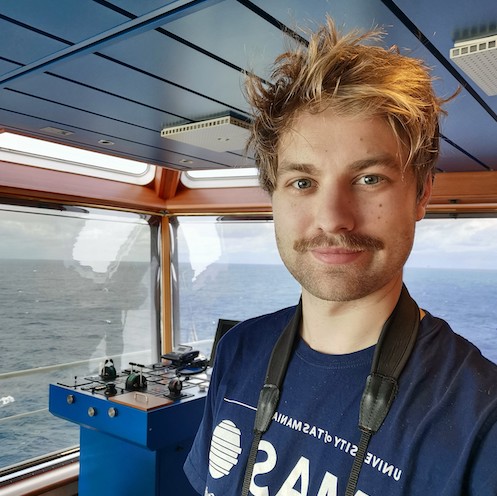
Benjamin Viola
Questions answered by this expert
This is a complex question. It is the sort of question we love to answer in science! But it is also a question that, when answering, can cause uncomfortable emotions. Before I go into this, I want to emphasise that I am genuinely optimistic about the future. As a species, our actions have changed the world, and will continue to change the world for some time. However, we are currently aware of the problems and there is an enormous movement of people working towards solutions.
In my branch of science – ecology (which is the study of interactions between living things and their physical surroundings) – the word environment describes any area in which an organism (or living thing) exists. Broadly, when a group of organisms rely on each other for survival and are dependent on particular environmental features, we call it an ecosystem. To clarify your question, environments change, but ecosystems die. We know why some of our ecosystems are dying, and I will try to outline some of the key causes below.
1: Greenhouse gas emissions and the deforestation of old growth forests.
Arguably more than any other cause, our emission of greenhouse gases drives shifts in our climate. They are called greenhouse gases because, in large quantities, they cause the planet to warm like a greenhouse.
Almost everything in nature endures when balanced. To paint a picture of global cycles, you can think of everything that releases gas as a pair of human lungs, and everything that stores gas as a tree. You know how when you breathe, you inhale oxygen, and then exhale carbon dioxide – but at the same time trees inhale carbon dioxide and exhale oxygen? Well, to an extent, the same balance exists in nature: There are things that naturally exhale greenhouse gases – such as volcanoes, bushfires, and animals (these can be thought of as the human lungs in our example). There are also things that naturally inhale greenhouse gases – such as plants, algae, and fungi (these can be thought of as the tree in our example). Normally, these things tend to balance each other, with the lungs breathing as much as the tree.
However, over the past century, humans have greatly reduced the number of trees on our planet, and artificially increased the amount of gas being released. This has destroyed the balance. What I mean by this is, where our example lungs used to contain gases only from natural sources (volcanoes, bushfires, animals, etc.), it now contains gases from sources that would never have been part of the global cycle. This is because these gases are released from the burning of fossil fuels – oil and other substances that are naturally locked deep underground. By digging these underground features out of the earth and burning them, we release more gas than our example tree (plants, algae, and fungi) is able to breathe. If the tree can’t breathe these gases in time, they get stuck in our atmosphere and cause greenhouse warming – heating the planet and disrupting every type of ecosystem.
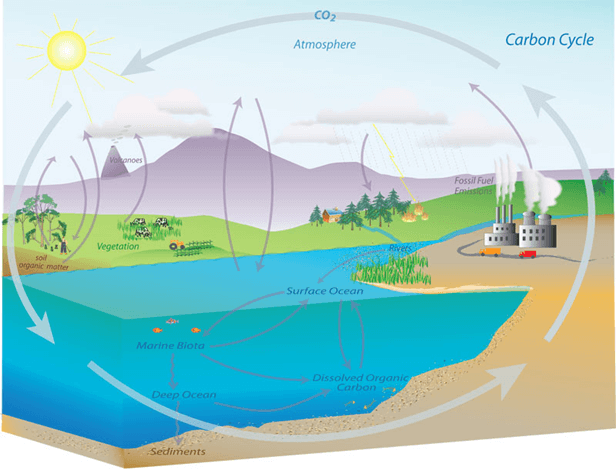
2: Pollution
Environmental pollution exists in many forms, including chemical, pharmaceutical, and atmospheric. But the form that most people are familiar with, is plastic pollution. Plastic is an incredibly useful material, and that means that it is present in many of our household items. Unfortunately, plastic takes an enormous amount of time to break down in nature (I talk about this in another answer on the Curious Climate website: https://curiousclimate.org.au/schools_experts/benjamin-viola/).
One thing I didn’t talk about however, was that large pieces of plastic can look like prey items to animals. When they eat this plastic, it can get stuck in their bodies and potentially cause lethal harm. Animals are a crucial part of healthy ecosystems, and if too many animals die, it can have compounding flow on effects that alter entire ecosystems. For more information on this, check out the trophic cascades page on Wikipedia (I know it isn’t recommended to use Wikipedia for homework, but we all do…): https://en.wikipedia.org/wiki/Trophic_cascade
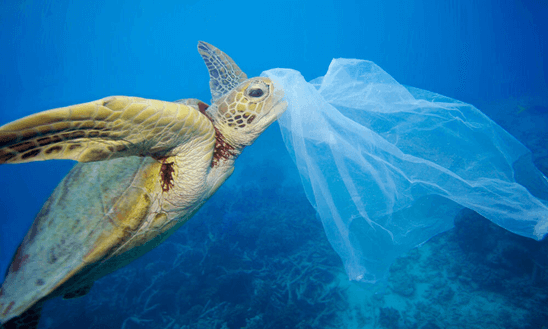
3: Invasive species
With colonisation, seafarers from around the world brought plants and animals from their land to other countries. These plants and animals (referred to as exotics) sometimes escaped and established feral populations. Feral species have an enormous impact on local ecosystems as they disrupt cycles that have established over thousands of years. For instance, the introduction of Cane Toads in Australia has pushed many native species towards the brink of extinction.
Cane Toads were introduced with the intention of protecting sugar cane crops from Cane Beetles. It was thought that Cane Toads would eat the Cane Beetles, and the crops would benefit from fewer Cane Beetles consuming sugar cane. Unfortunately, the Cane Toad didn’t eat the Cane Beetles, and given that the toads are toxic at all stages of their life cycle, many Australian species that consume Cane Toads die.
For example, the Northern Quoll was once widespread in Northern Australia, but since the introduction of the Cane Toad, it is now an endangered species. Cane Toads continue to spread throughout Australia. They aren’t able to survive in colder areas, but as the climate warms, they are capable of expanding to increasingly more regions. You can read more about this species and its impacts from a number of sources, but the New South Wales government has a great webpage on them.
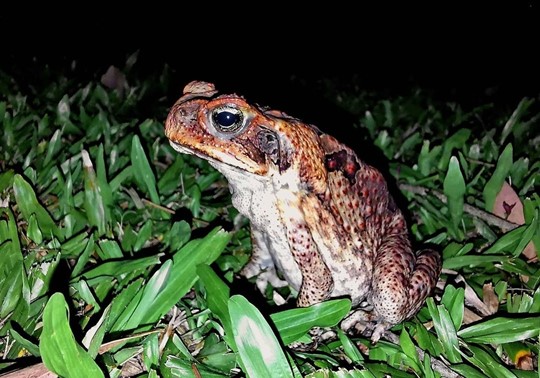
Great question! It’s an extremely difficult question to answer, but I will do my best! There are more than nine million species of animal on Earth, and many more that we are yet to discover! However, I think all species will be affected by climate change – for some, the effects will be beneficial… But I suspect that most of the species we cherish will be negatively affected. I know one study looked at 538 plant and animal species around the globe. The study found that between 57 – 70% of these species may face extinction because of anthropogenic climate change (unnatural levels of change attributed to human activity). In fact, the first mammal to go extinct due to climate change has already been recorded – and it was an Australian species: The Bramble Cay Melomy.
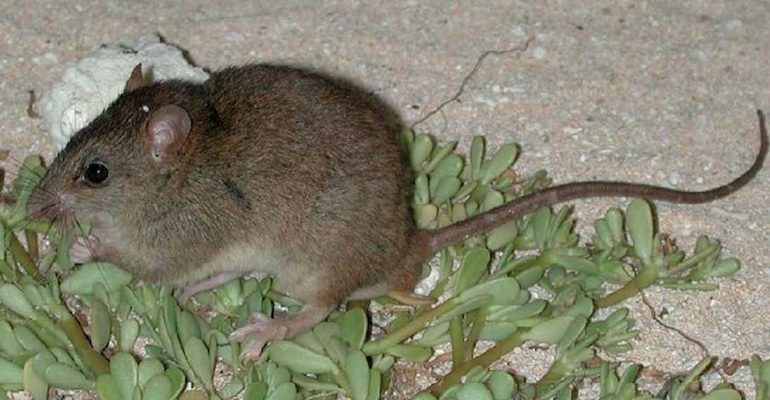
In Australia, we are also witnessing the drastic effects of chytrid (pronounced ‘kit-rid') fungus. This fungus can occupy areas above a certain temperature, and as the climate warms, it increases its range. Unfortunately, it is deadly to frogs and other amphibians – coating their skin and making it difficult for them to breathe. It can also affect their nervous system and change their behaviour. Chytrid fungus has caused the decline of more than 40 Australian frog species. Of these, seven are now extinct.
As a marine scientist, I am most familiar with the issues faced by animals living in the ocean. One consequence of increased carbon emissions is the acidification of our oceans. When carbon dioxide combines with seawater, chemical reactions occur that produce carbonic acid. This is bad news for creatures that have shells (sea-snails, urchins, oysters, etc.), as the materials they use to form their shell have been degraded by acid. This means they have less protection from environmental conditions and usually means they cannot survive. If small animals like urchins do not survive, then animals that feed on urchins (like sea-otters) have no food and begin to starve.
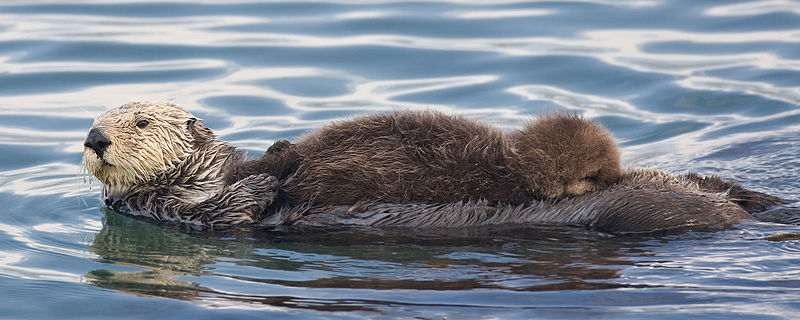
Another marine-related consequence of climate change is to do with the rise in global average temperature. Some species, such as sea-turtles and crocodiles, require specific nest temperatures for the breeding season. This is because the temperature of the nest determines how many males and how many females will hatch from their eggs! For example, Green Sea-Turtles generally hatch as males if the nest temperature remains below 29 degrees Celsius, and hatch as females if the nest temperature is above 31 degrees Celsius. Temperatures between 29 and 31 tend to produce a mix of male and female hatchlings. As the temperature rises, we are seeing fewer males hatch, which means there will be fewer breeding opportunities and fewer babies hatching in the future. However, it is also worth noting if a nest gets too hot (above 36 degrees Celsius), then the turtles won’t hatch, and the nest fails. This would be dire for sea-turtle species.
Before finishing this answer, I want to emphasise that there are solutions to the climate crisis, and people around the world are working towards them. We can, and we will, avoid the worst of climate change. Whilst inevitable, the outcomes do not need to be the same as our current projections. Renewable energy solutions are becoming cheaper every day, and though Australia might seem a laggard on climate action, the international sector is collaborating and moving quickly towards a reduction in global emissions. Chile is rapidly phasing out coal power, and along with South Africa, Chile invests the most in renewable energy relative to their GDP. China is the world’s largest producer of wind energy and is working hard to meet its energy demands. The United States of America is seeking to reduce its own emissions by 50% by 2030. The world is listening to the science, and though it can feel slow at times, the wheels of progress are turning.
Thank you for such a thought-provoking question! I would argue that plastic isn’t destroying our planet, rather, the ways in which we use plastic, are. Before going into the negative impacts of plastic, I should note that in many cases, plastic can be lifesaving: Plastic is found in airbags, seatbelts, and car windscreens (laminated windscreens can stop glass from shattering during an accident). It makes modern technology possible. Indeed, it is found in mobile phones, computers, and scientific equipment! However, we need to be mindful of how we use plastic. We don’t really know how long plastic takes to break down in the environment (we describe this as biodegrading), and most plastic never truly biodegrades! As a planet, we produce about 380 million tonnes (1 tonne = 1000 kilograms) of plastic waste every year, and half of that waste is single-use plastic (items that we use once, and then discard).
Before answering how plastic affects Earth, I want to highlight that there are different types of plastic. Polyethylene terephthalate (PET) is a type of plastic that does biodegrade. This is because a bacterium known as Ideonella sakaiensis consumes PET as a food source! However, bacteria are small, and can only eat so much. In the absence of bacteria, PET can take 450 years to break down (that’s 5,400 months, or 21,600 weeks, or 1,971,000 days!). Another type of plastic, polyethylene, never breaks down – and it is plastics like this that are particularly bad for the planet. These plastics become brittle over time, and break into smaller and smaller pieces until they become a microplastic (plastic that is so small, we struggle to see it without a microscope). We are finding plastic associated chemicals everywhere – even in the milk of whales! Unfortunately, this has dire consequences. When milk is contaminated with chemicals, it affects animals that feed on that milk. We have started to observe whale calves (and other animals) dying from plastic contamination.
Plastic is also made with fossil fuels, meaning that its production disproportionately increases atmospheric pollution and contributes to climate change. You are all probably aware of how fossil fuels can harm the planet, so I will change focus a little and highlight another consequence of our plastic use: The transformation of Earth’s layers. In the most basic sense, Earth can be divided into three layers. These layers are the core (the hot ball of lava in the centre of our planet), the crust (the thin layer, or skin, of the planet. The crust is where humans, plants, and animals exist), and the mantle (everything between the core and the crust – if Earth were an Oreo, the mantle would be the white stuff). Because plastic is so hardy, it has a good chance of fossilising once it is buried! The effects of fossilised plastics are yet to be common knowledge (scientists are still working to understand what it means for ecosystems), but there is no doubt that it will significantly alter some environmental processes.










